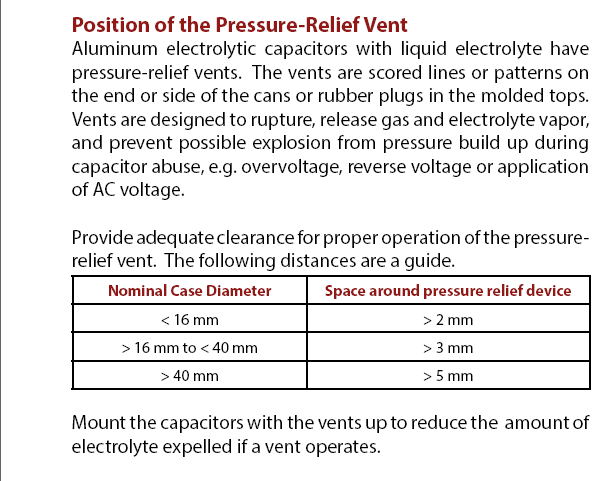Ripple current matters- it causes heating which will reduce the life of the capacitor. Operating temperature is the main factor in determining the life of electrolytic capacitors. A capacitor rated at 85°C may only have a life of 2000 hours at that temperature. Rule of thumb is that the life doubles for every 10°C reduction in temperature, so if you wanted a 64,000 hour life (7 years operating 24/7) then you'd need to keep the capacitor cooler than 35°C. The capacitor does not care where the ripple current comes from, only the RMS current (and to a lesser extent the frequency).
Most larger capacitors are designed to vent with relatively little drama under 'normal' failure conditions. The most typical failure mode is that they dry up and the ESR increases (and internal heating usually increases as a result) until the circuit no longer functions. Under some conditions (very high fault current for the size of the capacitor) you can get it to explode but it's unusual unless deliberate.
CDE says this (generally they have larger capacitors):

United Chemicon supplies this application information entitled Capacitor Venting Operating Non-Solid Aluminum Electrolytic Capacitors.
Solid Tantalum electrolytic capacitors are safest when left in the parts drawer, or used only with a relatively large series resistor. Their failure modes include flames, burning and smouldering. Follow the application information directly from the manufacturer to the letter (and even then, problems are not unknown). The most important thing is to limit the current and overrate the voltage by perhaps 3:1.
